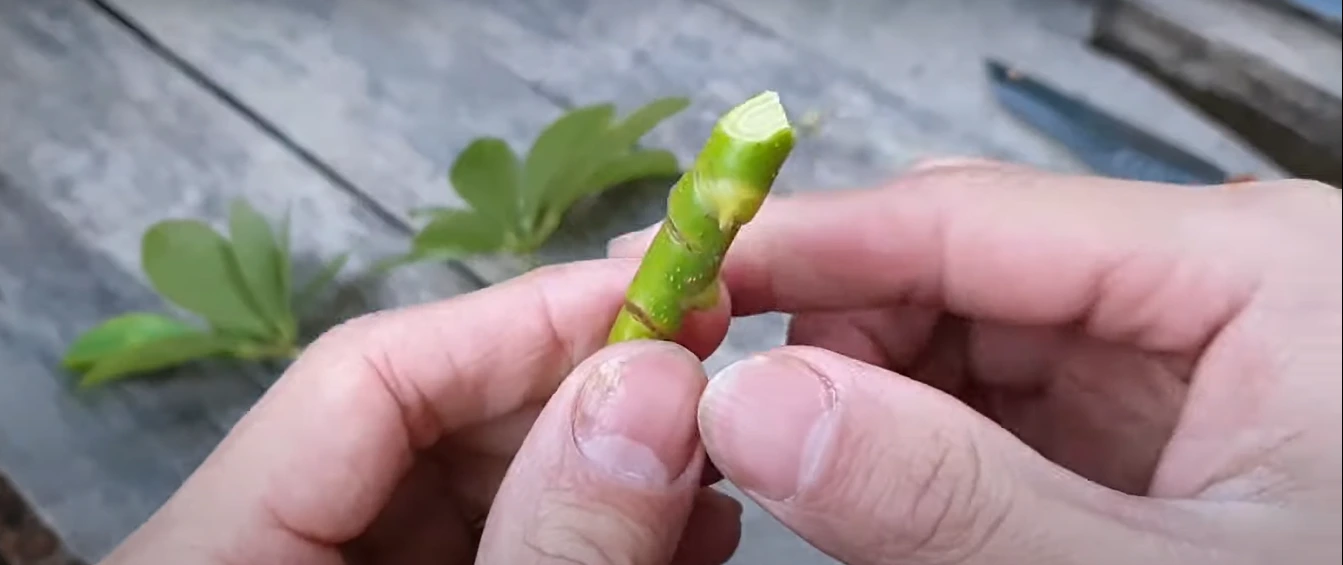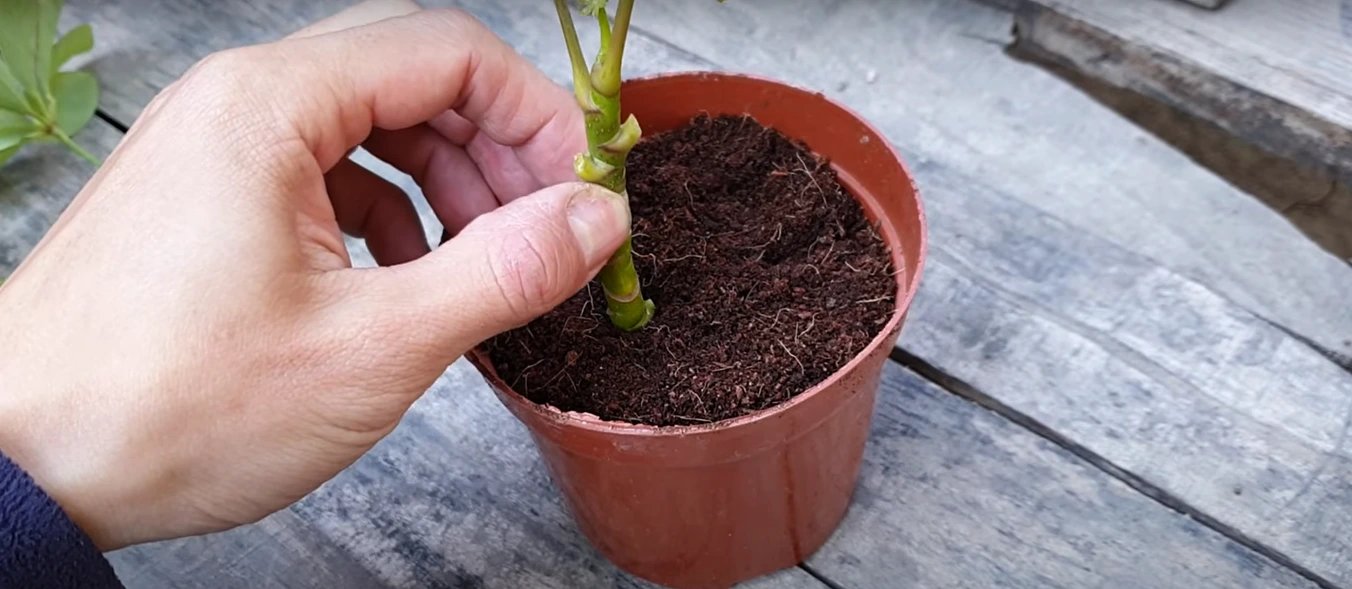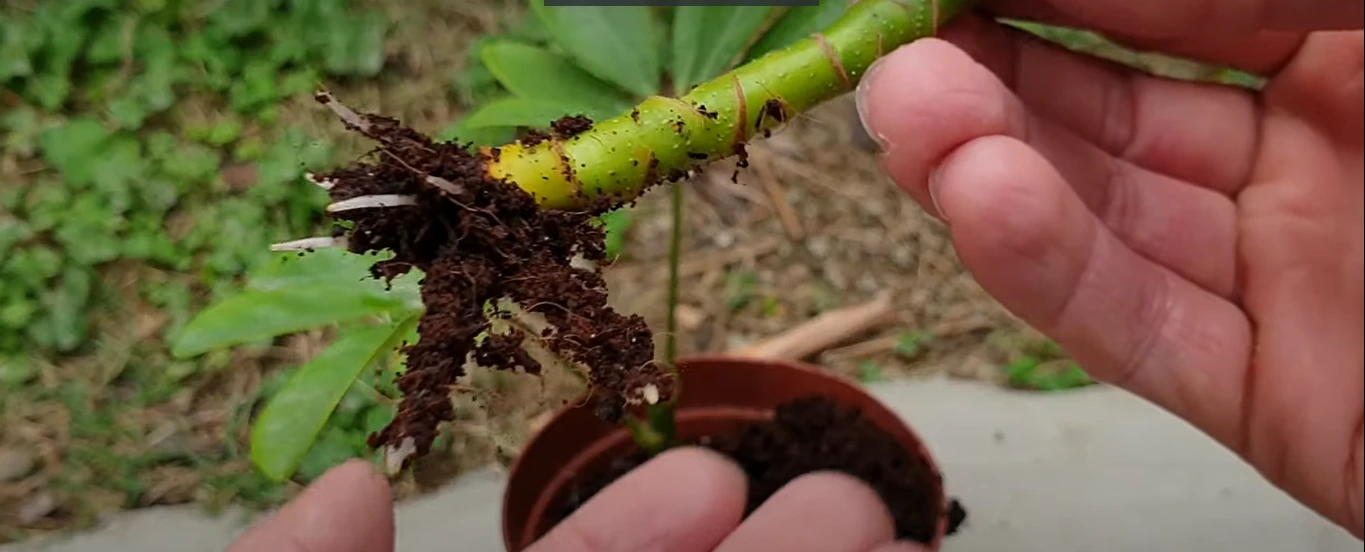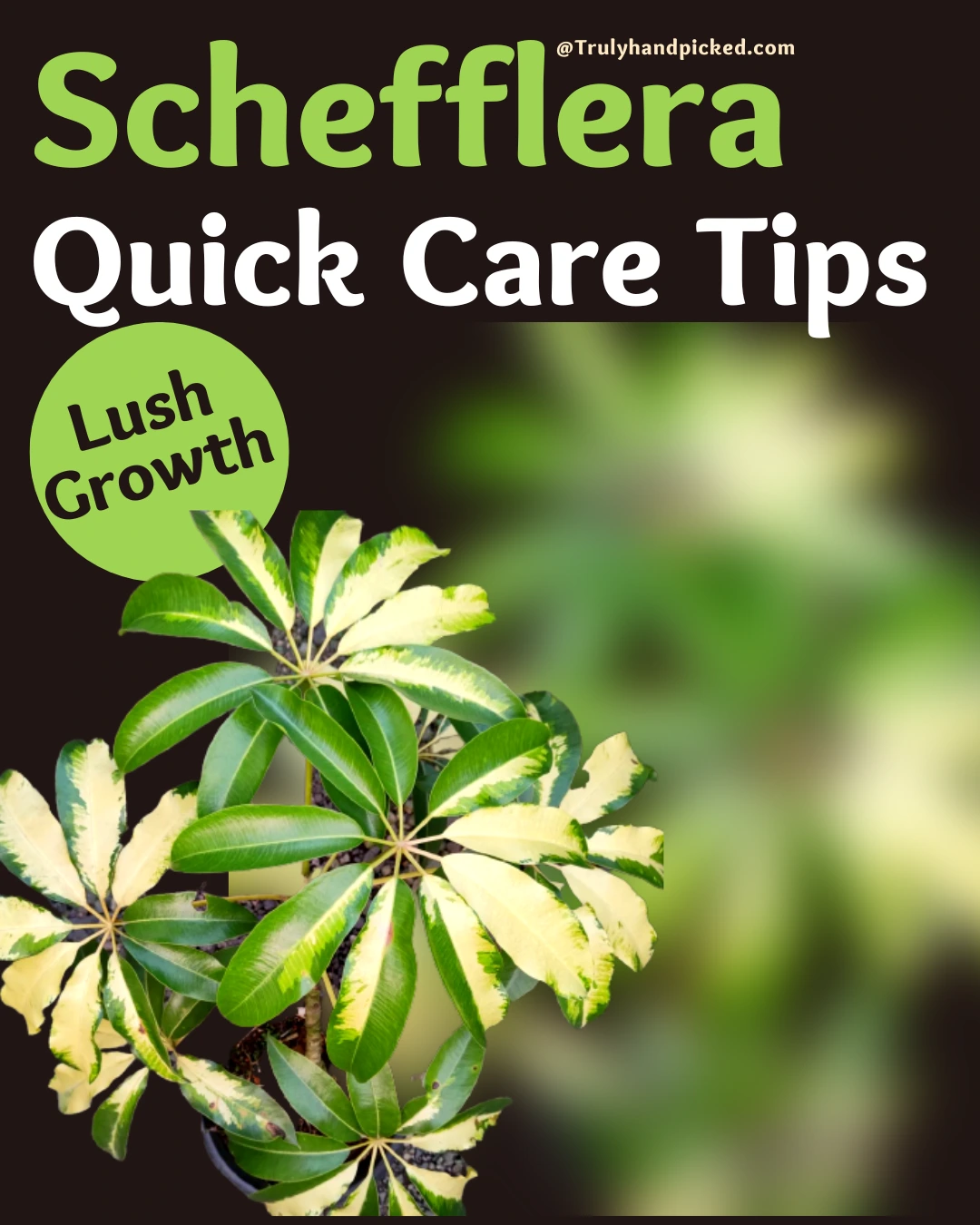Want to give your house interior a dash of bold tropical glance, Schefflera is the best choice for you. A Schefflera aka umbrella plant is a low-maintenance houseplant that is easy to cultivate in a normal home climate.
The best part is that a Schefflera plant even can tolerate a little negligence from a gardener if it can grab its essential fundamental sources consistently.
However, you must know what to do and what not with a growing umbrella plant to get the best thriving form of it.
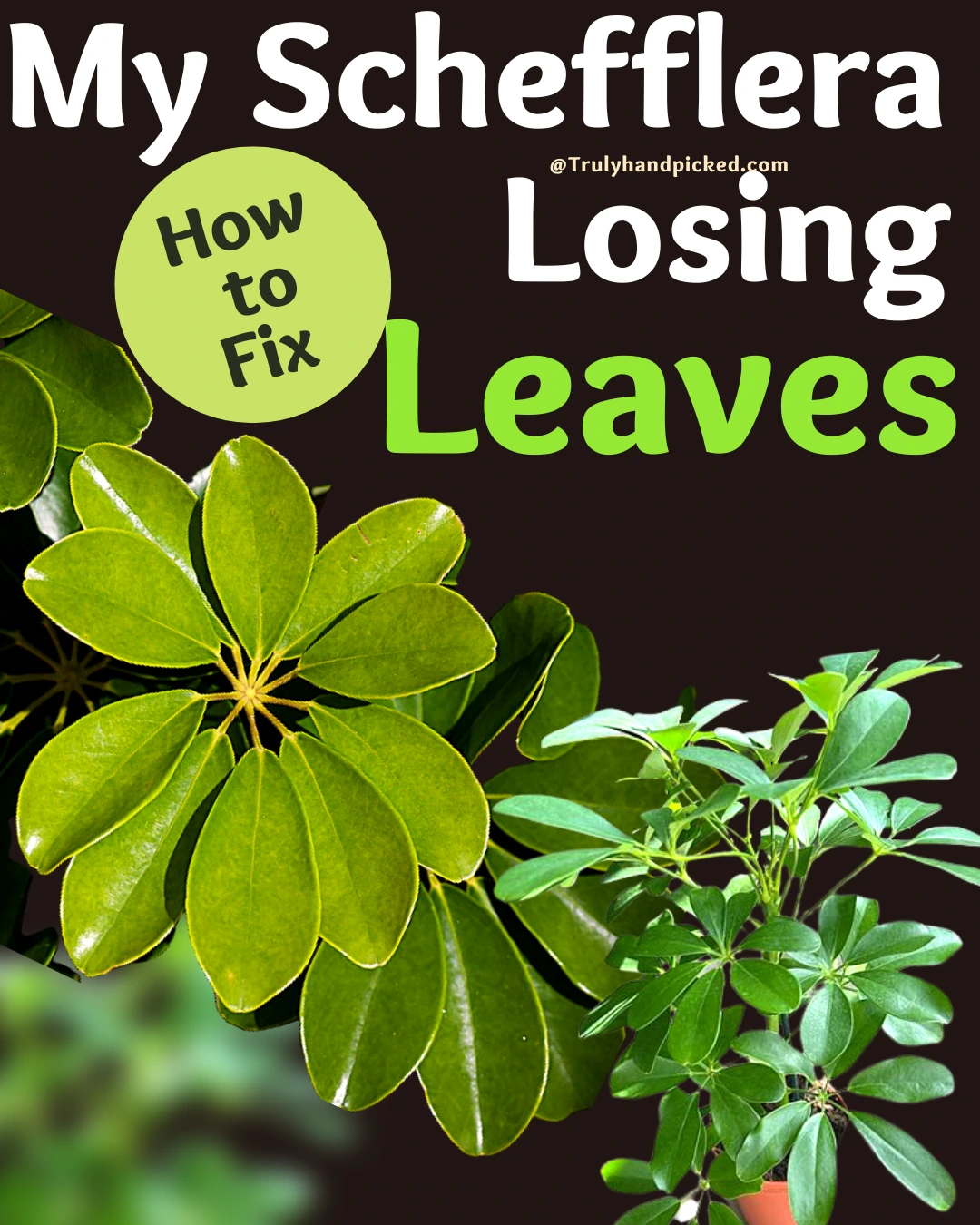
Why Is My Schefflera Plant Dying?
Schefflera plants are not a very high-maintenance species of the Araliaceae family. The only thing that can bother a growing dwarf umbrella plant is stress.
Stress can lead to your plant dropping leaves eventually if you don’t apply any remedy soon. A Schefflera plant can hold its robust form, only if they stay away from any kind of stress.
This kind of stress could happen due to multiple reasons. Here is a quick overview of what can cause the drooping leaves and how to deal with them expertly-
Reasons for Wilting:
- Light problems, happen when you keep your planter under too much bright light or a completely shady spot
- Watering issues occur when you overwater your Schefflera plant and initiate the root rot problem due to soggy or unhandled water levels in the soil
- Extra rich soil could happen when you make the planting heavy with unnecessary rich potting mix with peat moss, leaf mold, etc.
- Temperature fluctuation could occur when you don’t maintain the room temperature consistent for your growing Schefflera plant
- Cold drafts, especially during the frost, could cause freezing damage to your plant when you keep the planter in a spot with less than 50° F temperature
- Adjustment issues, or acclimatization that could happen due to changing the environment of your planter too often repeatedly
- Overfertilization could occur due to overfeeding your Schefflera more than once a month with high NPK ratio fertilizer
- Improper humidity could happen when you keep the planter in a low-humid place for long
These issues can cause stress to your growing Schefflera plant and induce your plant to drop leaves primarily. You should remember here that your plant will get severe leaf-drop issues only if you keep these problems unsolved for a long. Otherwise, you can revive a dropping-leaves issue of a Schefflera by controlling those causes initially.
How to Revive Your Plant:
- Keep your planter in a spot, where it could get indirect but bright sunlight consciously
- Water your plant only when the soil turns dry,
- Remember that your plant could tolerate drought but not soggy soil at all
- Prepare your planting soil with the mix of potting soil, perlite, and coarse sand in a 1:1:1 ratio
- Maintain the room temperature between 65° to 85° F steadily
- Keep your plant safe from cold drafts and bring the planter inside the house during winter
- Do not change the spot of the plater often to of providing sunlight universally to your plant
- However, you can rotate the planter once every 7-10 days
- Use artificial humified or any humidifying tricks to keep the humidity of the room high where your plant is placed
- Don’t feed your Schefflera plant more than once a month and do it with a half-diluted dose of any balanced fertilizer for the best result of the fertilization.
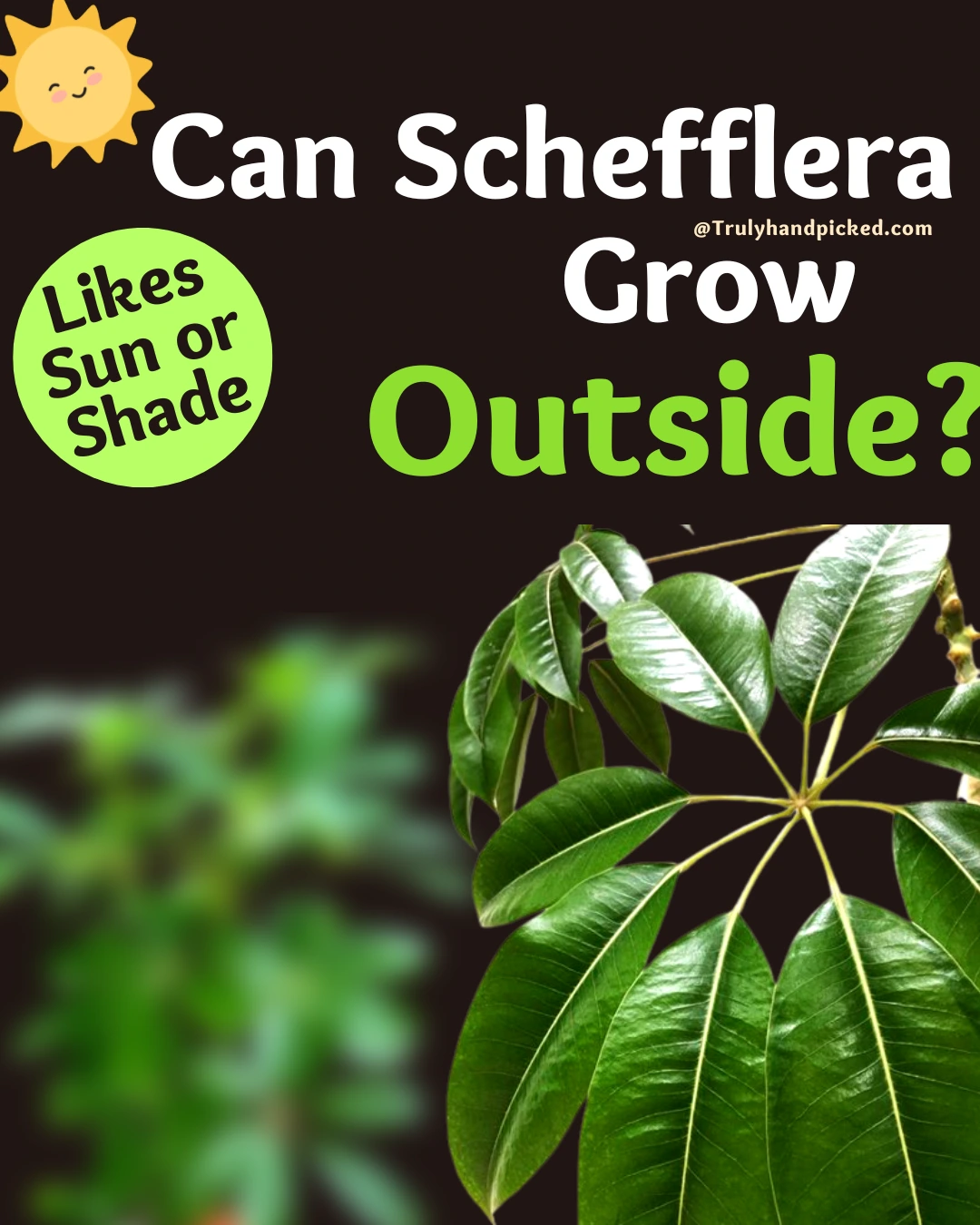
Can Schefflera Be Planted Outside? Likes Sun or Shade?
Despite being a perfect houseplant, a Schefflera can quickly grow outside in an open outdoor garden area. Only you need to remember a few growing tips attentively while cultivating it in an outdoor yard. Such as-
- Provide a shade over the plant, to protect it from direct sun expose
- Keep the soil evenly moist and use pebbles to cover the base to maintain the perfect humidity level
- Make sure you use well-drained sand-based soil to sow the plant outdoor
- Check for the blights regularly and apply any possible solution, once you detect them
- Outdoor Schefflera plants grow bushier than indoor ones. So, try to give them enough space to thrive
- And apply proper protection for frost, if you want to keep the plant unaffected during the winter. Applying cover, preparing a temporary greenhouse atmosphere, allotting protective borders, etc. are some smart moves you can take here, in this attempt.
How To Propagate Schefflera?
Propagating a Schefflera plant is quite easy and exciting, you can do the job in two different ways.
Propagation Cutting Through Rooting:
- Find the newly-grown robust stem from your parent Schefflera plant first and clip it off
- Trim the section near the base and cover the end with a damp paper towel after the cutting
- Bring a 6-inch long planter with good drainage holes and fill it up with a potting mix
- Use a mixture of perlite, sand, and normal potting mix to prepare the soil
- Dip the cutting in rooting hormone after removing the paper towel
- Now, sow the cutting accordingly in the planter and secure the base properly
- Water the plant thoroughly and place it in a preferable spot to let your plant grow naturally.
Growing schefflera from cuttings in potting mix -> Youtube Video
Propagation Cutting Through Layering:
- You can initiate new roots and stem on a cutting in this process, while it still on the main plant
- To do this method, remove the bark of the parent plant in a ring around a flexible new stem
- Make sure you do this process near the end of the stem and below the leaves-section
- Then, carefully, bend the stem down to curve it below and make it reaches into the soil in another nearby planting pot
- Bury that cut part by keeping the leafy section above the soil and tie the stem in place with a wrap or wire
- Wrap the area with a bunch of moist sphagnum moss along with a plastic cover
- The root will grow inside the moss cover within a couple of weeks
- Once the new roots will form, trip the part out from the original plant and sow in a new planter.
Schefflera Plant Quick Care Tips for a Lush Plant:
To take care of this beautiful houseplant, you need to be certain about its regular basic growing supplies, such as-
- Soil: sandy and loamy soil with slightly acidic pH and well-drain quality. Be alert that the soil remains moderately rich and moist throughout the whole growing session.
- Water: Water your Schefflera plant weekly as in, once a week with distilled water. Always let the soil soak between watering
- Fertilizer: Dwarf umbrella plant is a normal to moderate feeder. Fertilize your plant once every month, especially during spring and fall with a half-diluted balanced fertilizer
- Sun exposure: Keep the plant under the sun with partial shade. Make sure that your Schefflera plant could get 6-7 hours of bright but indirect light consistently every single day
- Climate: Schefflera plants prefer warm temperatures with high humidity to thrive best. Keep the temperature between 65° to 85° F and never let it down less than 50° F, ever
- Pruning: Trimming or pruning is necessary for providing each part of your Schefflera plant with enough light, due to its bushy texture. Try to prune your growing plant once they seem leggy.
- Repotting: Repotting is necessary for such a bushy shrub to give the new shoots new room to thrive. You can report your growing Schefflera plant annually like once in 1 or 1.5 years.
- Other troubleshoots: Some common problems you may face with a dwarf umbrella plant in the house, are- aphids, spider mites, scales, and mealybugs. Apply flush of plain water, insecticide soapy spray, neem oil, or rubbing alcohol tricks to keep those nuisances at bay.
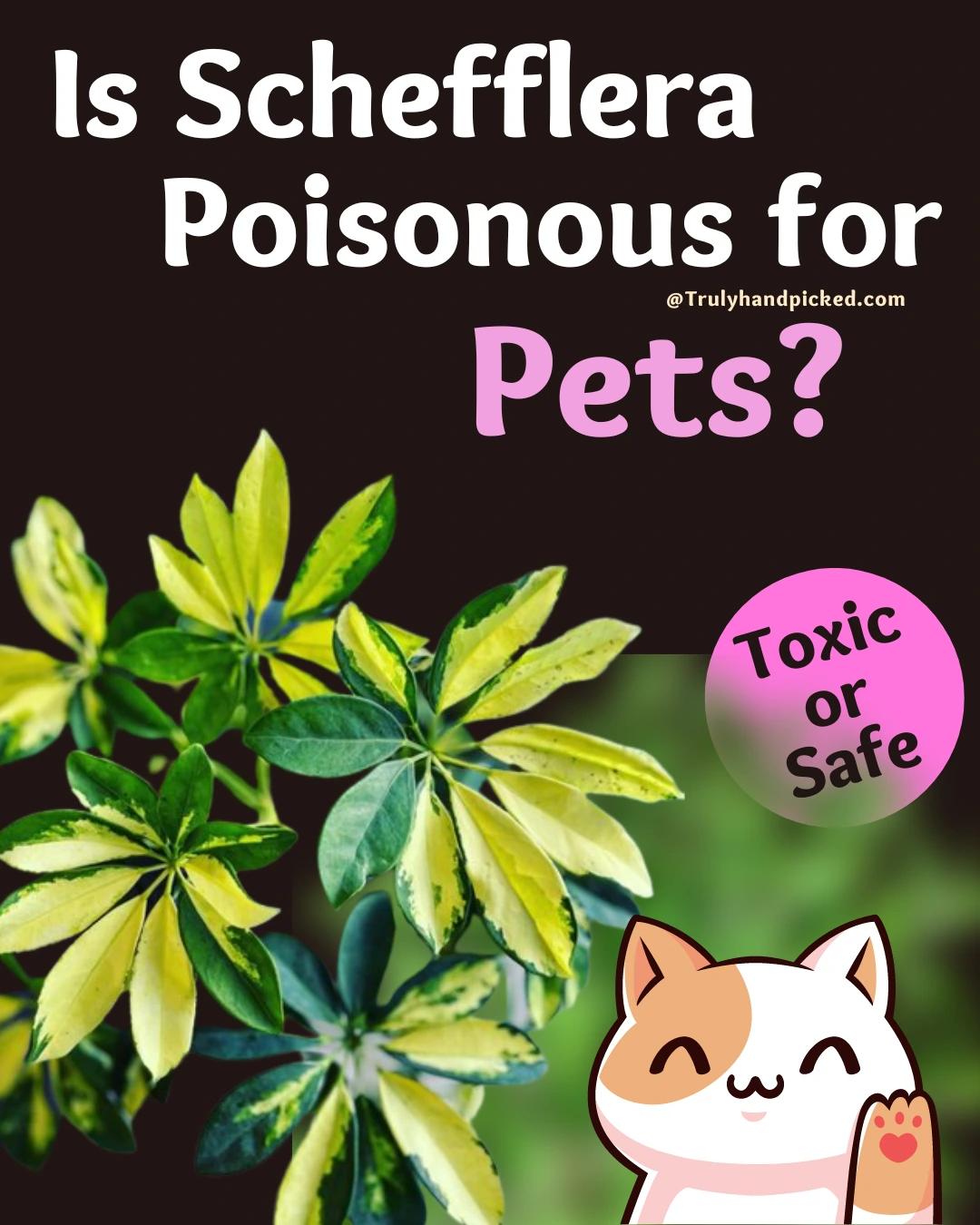
Is Umbrella Plant Poisonous To Pets?
Even though a Schefflera plant often grows indoors as a natural air purifier supplement, people sometimes get conscious of this plant due to its poisonous effects. Ingestion or consumption of Schefflera can be fatal to mammals including humans.
Why Is It Poisonous:
The sap of this plant contains calcium oxalate crystals. These properties are inedible and indigestible for any living creature. That’s why ingestion of a Schefflera can cause temporary to permanent damage to the health of a mammal or human noticeably.
It Possible Reactions:
- Kidney problem
- Heart issue
- Respiratory problems
- Tremors
- Vomiting
- Oral irritation
- Difficulty in swallowing
- Drooling
- And burning sensation in the mouth lip or tongue
How to Treat Its Venomous Effects?
once you find that your house pet or your crawling baby to growing toddler gulps some parts from a Schefflera plant, try to apply these remedy tricks as soon as probable-
- Clean the mouth with fresh water
- Apply mouth dousing to clean the mouth along with the swallowing tract
- Gargle with any available mouth wash and spit it out as much as you can
- Take the pet or the person to the nearest veterinarian’s hospital as soon as you can
- And force for the diagnosis to find out the poisoning level of the person or pet, who ingests it.
